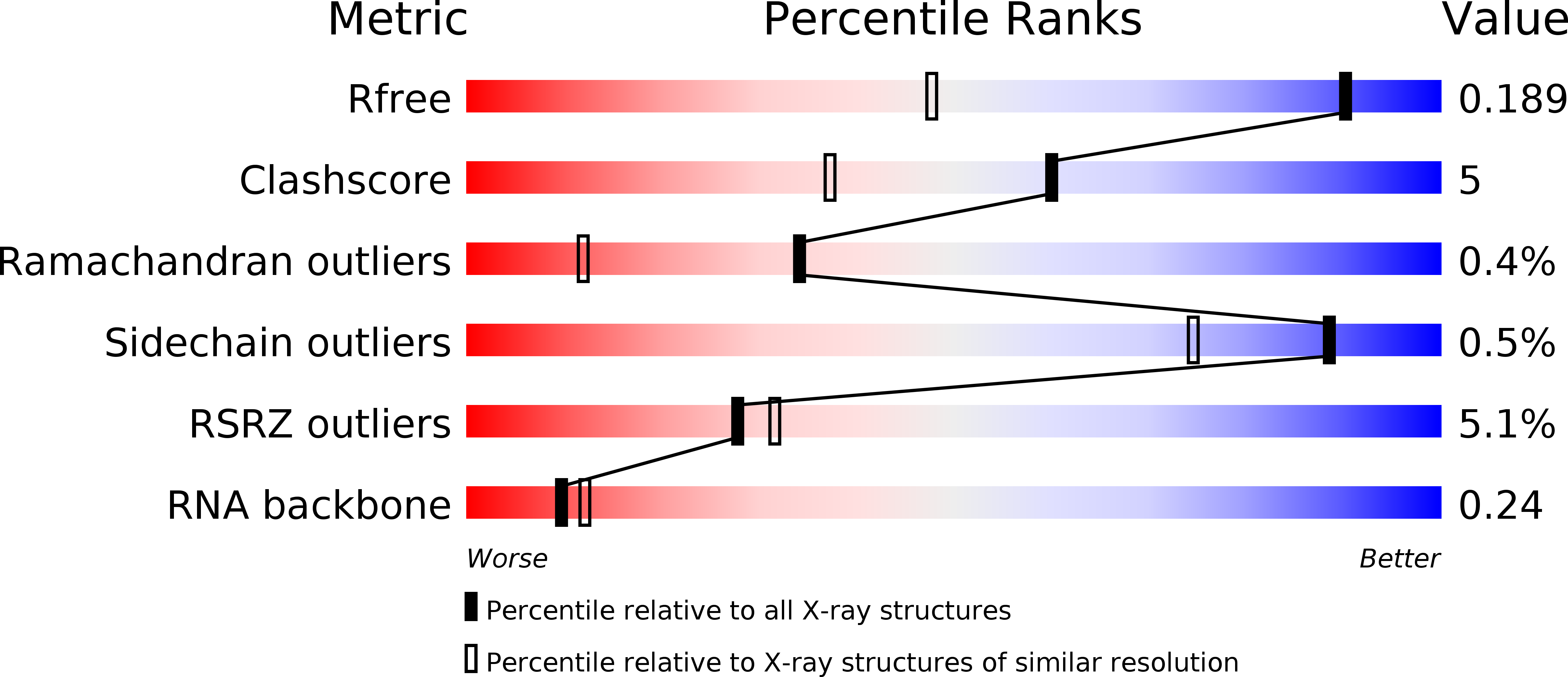
Deposition Date
2018-04-21
Release Date
2018-10-31
Last Version Date
2024-01-17
Entry Detail
PDB ID:
6GD3
Keywords:
Title:
Structure of HuR RRM3 in complex with RNA (UAUUUA)
Biological Source:
Source Organism:
Homo sapiens (Taxon ID: 9606)
synthetic construct (Taxon ID: 32630)
synthetic construct (Taxon ID: 32630)
Host Organism:
Method Details:
Experimental Method:
Resolution:
1.35 Å
R-Value Free:
0.18
R-Value Work:
0.16
R-Value Observed:
0.16
Space Group:
P 1 21 1


